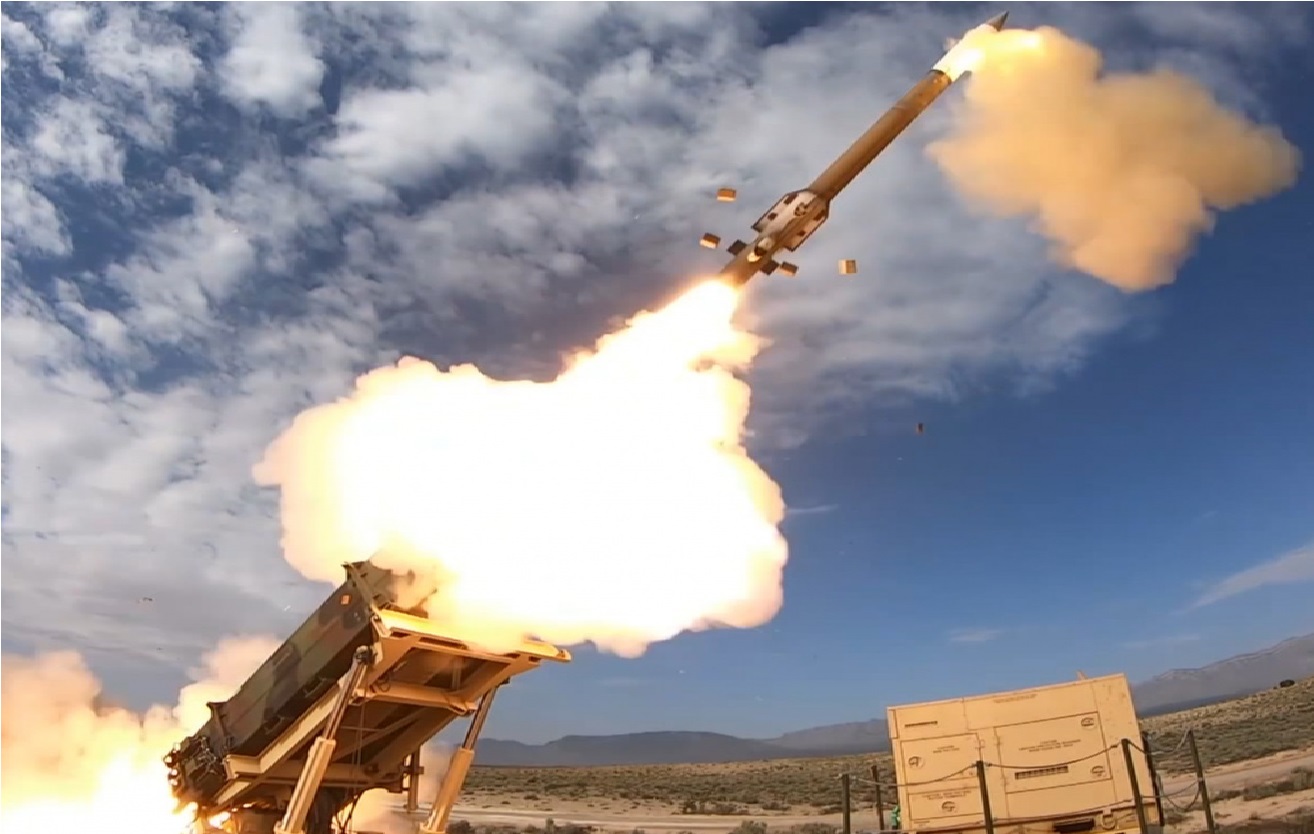Boeing’s [NYSE: BA] Patriot Advanced Capability-3 (PAC-3) seeker program, which builds the component that enables the most advanced interceptors used by the Patriot system to identify, track and intercept fast-moving threats, is off to a record-setting start in 2024. The program surpassed its previous three- and six-month rolling PAC-3 seeker production records, and is also on pace to break its annual seeker production record by over 20% by year-end. Several factors contributed to the production ramp-up, including improvements in manufacturing processes and production control; greater supply chain stability to support PAC-3 circuit card assembly and complete seeker manufacturing; and improved first-time quality in product testing. PAC-3 seekers provide the most advanced interceptors used by the Patriot system with precision target location data to defeat everything from incoming ballistic and cruise missiles to hostile aircraft and other advanced weapons. Seventeen countries around the world now have PAC-3 interceptors, including most recently Ukraine.
“The PAC-3 Missile Segment Enhancement — equipped with a Boeing seeker — saves lives,” said Jim Bryan, director of Integrated Air & Missile Defense. “U.S. and allied service members and civilians rely on what our teammates build and deliver, so we’re ramping up production to provide more protection in more places to help meet the need for this capability.”
Since 2000, Boeing has delivered more than 5,000 increasingly sophisticated PAC-3 seekers for the U.S. Army and partners around the globe as a subcontractor to Lockheed Martin in Huntsville, Alabama. The rate expansion is part of a broader strategic plan to ramp up seeker production and reduce the existing backlog of orders. The overall effort includes:
- Building a 35,000-square-foot (3,300-square-meter) expansion of its PAC-3 Seeker Factory in Huntsville to increase annual production capacity by more than 30%.
- Investing in cutting-edge equipment and technology such as automated inspection and robotic soldering equipment.
- Continuing to strengthen and expand supplier relationships, as well as form strategic agreements for a more agile, efficient and resilient supply chain that can scale up as needed.
The MIM-104 Patriot is a surface-to-air missile (SAM) system, the primary such system used by the United States Army and several allied states. It is manufactured by the U.S. defense contractor Raytheon and derives its name from the radar component of the weapon system. The AN/MPQ-53 at the heart of the system is known as the “Phased Array Tracking Radar to Intercept on Target,” which is a backronym for “Patriot”. In 1988, it received an upgrade providing limited capability against tactical ballistic missiles (TBM), designated PAC-1 (Patriot Advanced Capability 1). The most recent upgrade by manufacturer Lockheed Martin, designated PAC-3, is a nearly total system redesign, intended from the outset to engage and destroy tactical ballistic missiles. The PAC-3 missile is a new interceptor, featuring a Ka band active radar seeker, employing “hit-to-kill” interception, in contrast to previous interceptors’ method of exploding in the vicinity of the target, destroying it with shrapnel, and several other enhancements which dramatically increase its lethality against ballistic missiles.
















